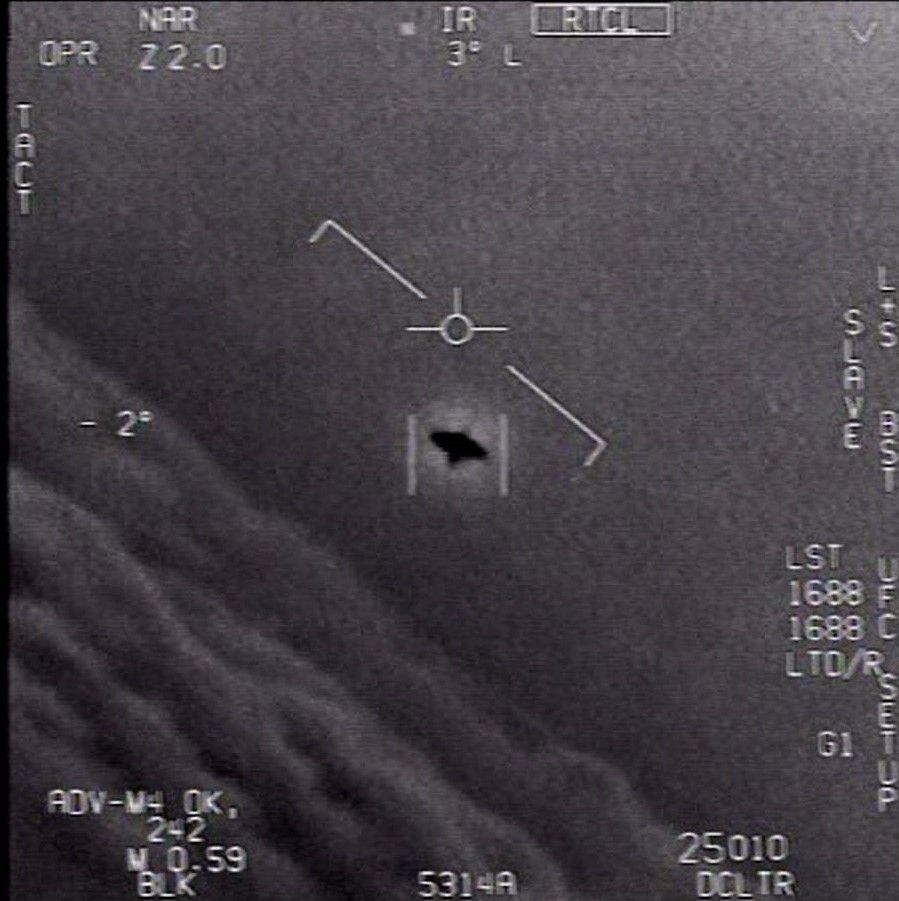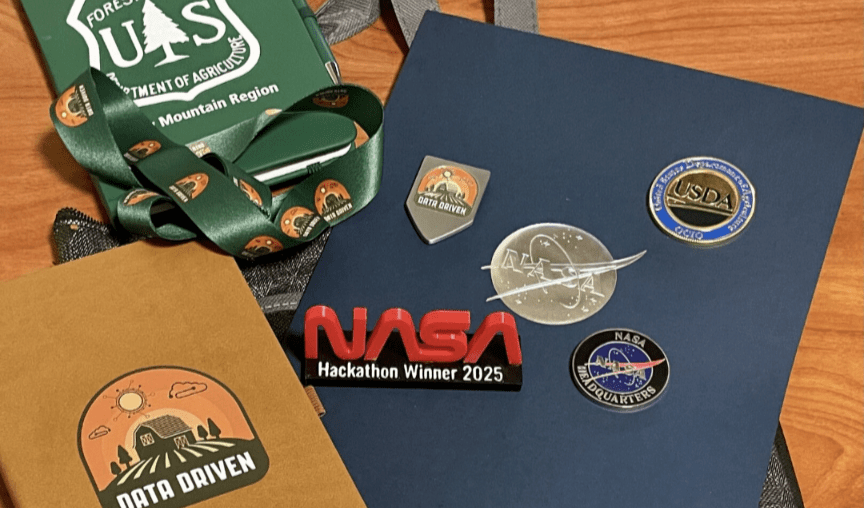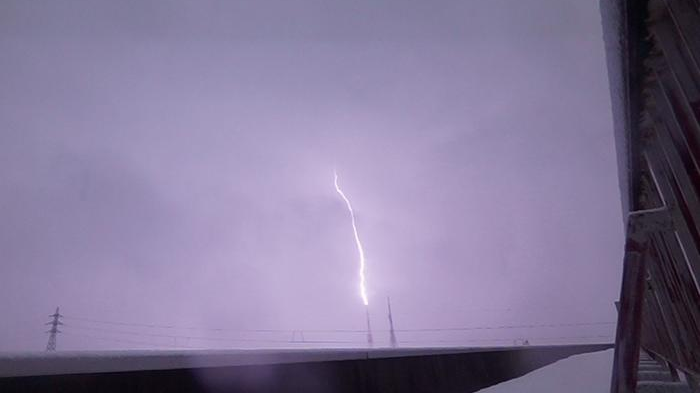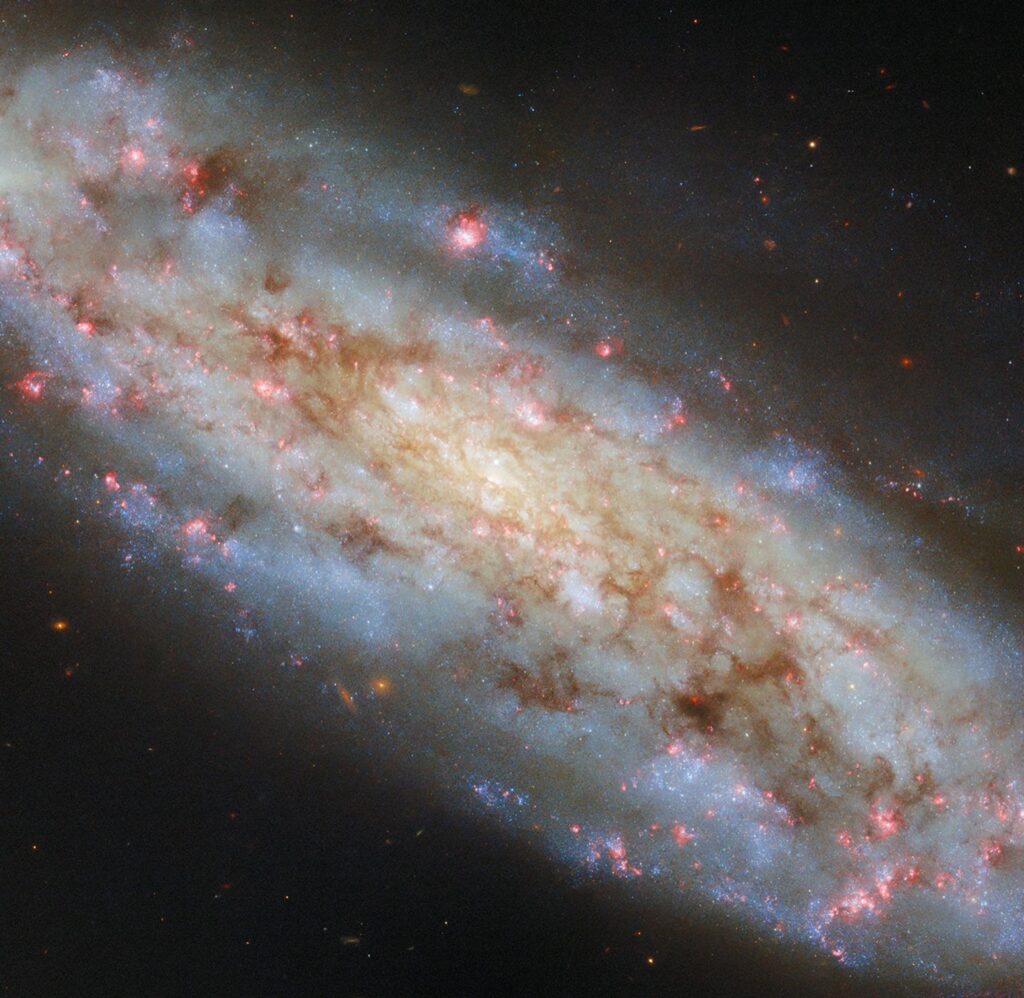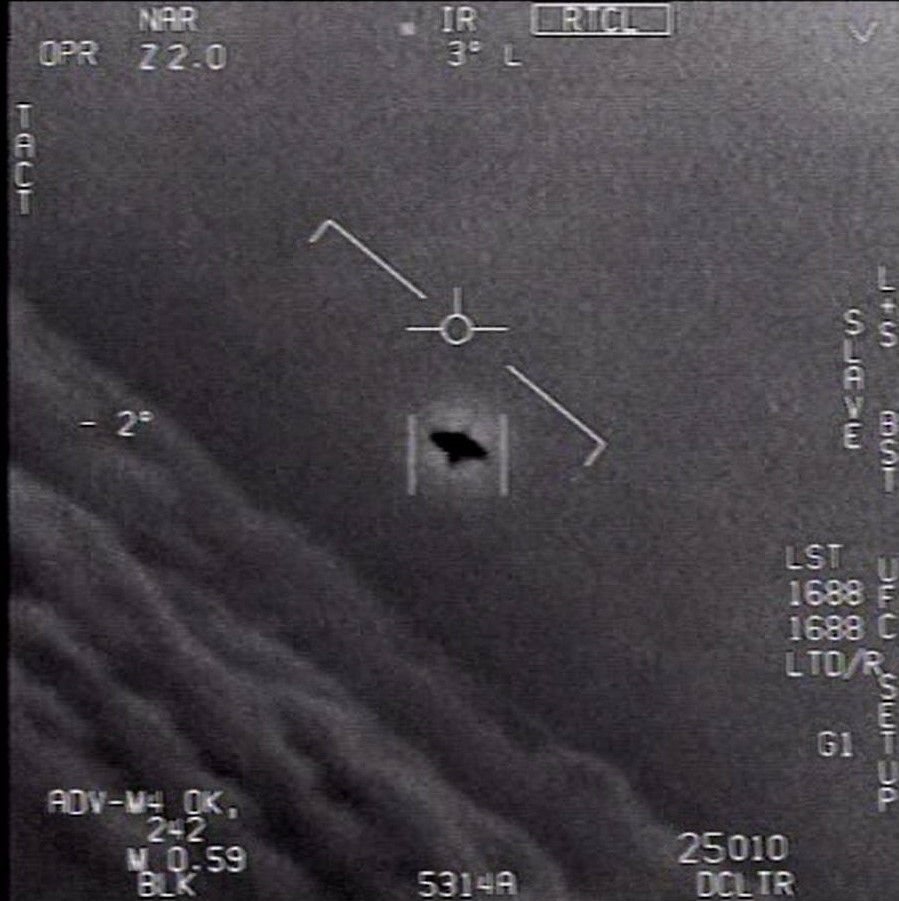
The U.S. government needs some more time to get to the bottom of the UFO mystery.
That’s the main take-home message from the highly anticipated UFO report released Friday (June 25) by the Pentagon and the U.S. director of national intelligence.
“The limited amount of high-quality reporting on unidentified aerial phenomena (UAP) hampers our ability to draw firm conclusions about the nature or intent of UAP,” the report’s executive summary states, using the military’s now-preferred term for “UFO” (presumably because that older acronym has a lot of baggage attached to it).
There’s another feature of the report that will probably draw a lot of attention as well: The nine-page document, which you can read in full here, does not rule out alien spacecraft as a possible explanation for some UAP. However, that’s primarily an inferred conclusion as the words “alien” and “extraterrestrial” do not appear in the report.
Related: 7 things most often mistaken for UFOs
Growing concerns
Over the past few years, we’ve learned that UFO sightings by U.S. Navy pilots are relatively common occurrences. This revelation broke firmly into the public consciousness in late 2017, thanks in large part to stories published by The New York Times and Politico.
The U.S. military has taken such sightings increasingly seriously, viewing them more and more as a legitimate national security issue. Some of the UAP reported by Navy pilots, after all, appear to be far faster and more maneuverable than their own jets, and the military would like to know if adversary nations possess such technology.
From 2007 to 2012, a Pentagon project called the Advanced Aerospace Threat Identification Program investigated such sightings. And in August of last year, the U.S. military established the Unidentified Aerial Phenomena Task Force (UAPTF) for more or less the same purpose.
Then, in December 2020, Sen. Marco Rubio (R-Fla.) — at the time chairman of the Senate’s intelligence committee — asked the Pentagon and the director of national intelligence to investigate the spate of mysterious recent UFO sightings and deliver a report on the matter within six months.
Related: 8 times the government looked for flying saucers
Lots of questions, no real answers
That’s the report that just came out today. The investigation summarized by the unclassified document, whose authors describe it as a “preliminary assessment,” primarily focused on UAP sightings by Navy pilots between November 2004 and March 2021.
Most of the encounters that were analyzed occurred in the last two years, the report states, because the Navy established a standardized reporting mechanism in March 2019, resulting in better and more reliable data.
The UAP investigation examined 144 encounters documented by U.S. government (USG) sensors. Eighty of these involved observations with multiple sensors, suggesting that instrument error is not a plausible explanation in at least those cases.
“Most of the UAP reported probably do represent physical objects, given that a majority of UAP were registered across multiple sensors, to include radar, infrared, electro-optical, weapon seekers and visual observation,” the report states.
Eighteen of the UAP encounters reported objects moving in unusual or unexpected ways.
“Some UAP appeared to remain stationary in winds aloft, move against the wind, maneuver abruptly, or move at considerable speed, without discernible means of propulsion. In a small number of cases, military aircraft systems processed radio frequency (RF) energy associated with UAP sightings,” the report states.
Such apparently weird behavior “could be the result of sensor errors, spoofing or observer misperception and require additional rigorous analysis,” it adds.
Exactly what’s behind the UAP encounters, however, remains completely mysterious — except in a single case, which the investigators determined to be a sighting of a large, deflating balloon.
The investigators concluded that there’s probably not a single explanation for all UAP. If and when these encounters are explained, the report states, they’ll likely fall into one of five categories: airborne clutter (like the deflating balloon), natural atmospheric phenomena, advanced U.S. government or industry tech, advanced foreign tech, or “other.”
This last category is a catch-all that apparently includes the alien hypothesis, though the possible E.T. link is never explicitly stated.
The report states that UAP are likely to remain mysterious without “a more sophisticated analysis,” which would probably require additional data, a consolidation of reports from across the U.S. government and streamlined report-processing techniques, among other things.
And, it stresses, there are good reasons to search hard for answers — even if you’re not on a hunt for E.T.
“UAP clearly pose a safety of flight issue and may pose a challenge to U.S. national security,” the report states. “Safety concerns primarily center on aviators contending with an increasingly cluttered air domain. UAP would also represent a national security challenge if they are foreign adversary collection platforms or provide evidence a potential adversary has developed either a breakthrough or disruptive technology.”
Mike Wall is the author of “Out There” (Grand Central Publishing, 2018; illustrated by Karl Tate), a book about the search for alien life. Follow him on Twitter @michaeldwall. Follow us on Twitter @Spacedotcom or Facebook.
